Summary
Have your front foot above the front truck
You don't have to put your front foot on the nose to pivot like when you do a tic-tac as you may lose balance if you put too much weight on the nose. Try to locate your weight directly above your front truck, and you can swing out the tail without a problem.
Tendons and muscles go back after being stretched
Popping the tail lifts the nose, and then the nose pushes your front foot against it, stretching tendons and muscles. They try to return to their original state after consuming all the energy of the nose to lift. Use this energy to push the nose backside.
Simulation
Hit the icon to initiate 3d simulation.
Premises: Is the common saying right?
Should you do tricks while rolling?
You must have heard someone say you should do tricks while moving. There is a scientific reason behind this, especially in BS 180s.
This is due to the law of inertia. When you are approaching, your body has the energy to move forward. That energy remains throughout the trick while the front wheels slow down by landing on the ground at an angle.
This "difference in speed between the nose and the body" allows the board to turn even after the front wheels touch the ground.
Let's analyze how to best use this principle according to the timeline.

Foot placement
Where should you put your front foot?
You may think you have to get your foot on the nose and swing the tail around like a tic-tac, but a pivot works differently.
In this case, you can see my front foot is hardly on the nose. Instead, the majority of it is on the front truck.
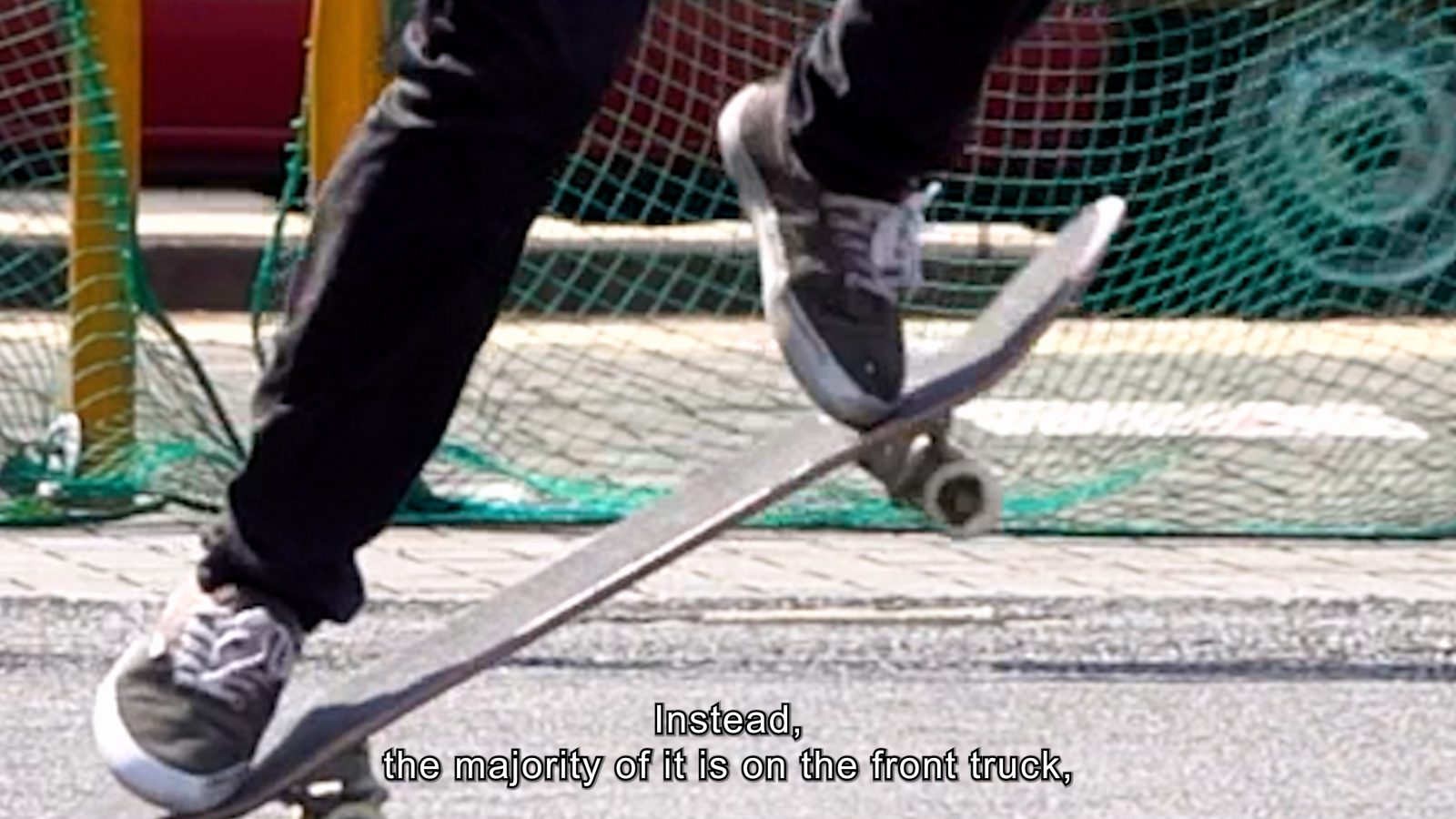
Land on the front truck
Your foot and weight must be directly above the track, which becomes a fulcrum when you land.
As evidence, if you place your foot on the track and rotate your upper body, the board should also rotate around the fulcrum.
You don't necessarily need to put your weight on the nose to lift the tail in the air. You will lose your balance if you get your weight unnecessarily too much on the nose. Landing on the truck to support your weight stably is more important.

How to land on the front truck
Your weight shifts to the toe side in BS180
You can see the front wheels move to the toe side by the time they reach the ground compared to when the board was going straight.
This is because the board momentarily turns backside by stepping on the toe side of the tail.
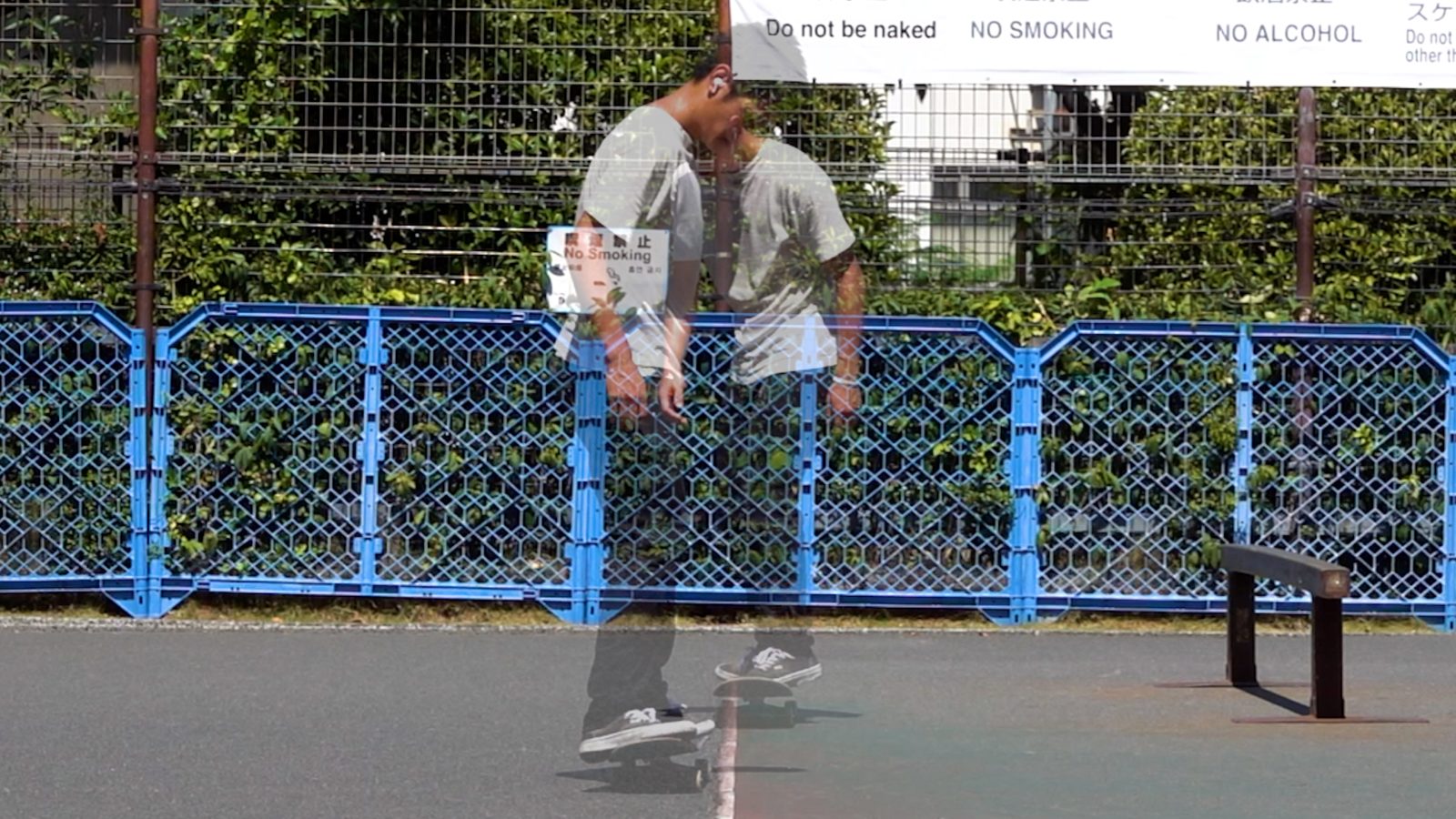
Swing out front arm to turn upper body
Consecutively, you have to move your weight to the toe side, too.
As I said in the last content, have your front arm at 10 o'clock when winding up. Then swing it out at 2 o'clock when you jump, and you can shift your weight to the toe side while rotating your upper body backside.
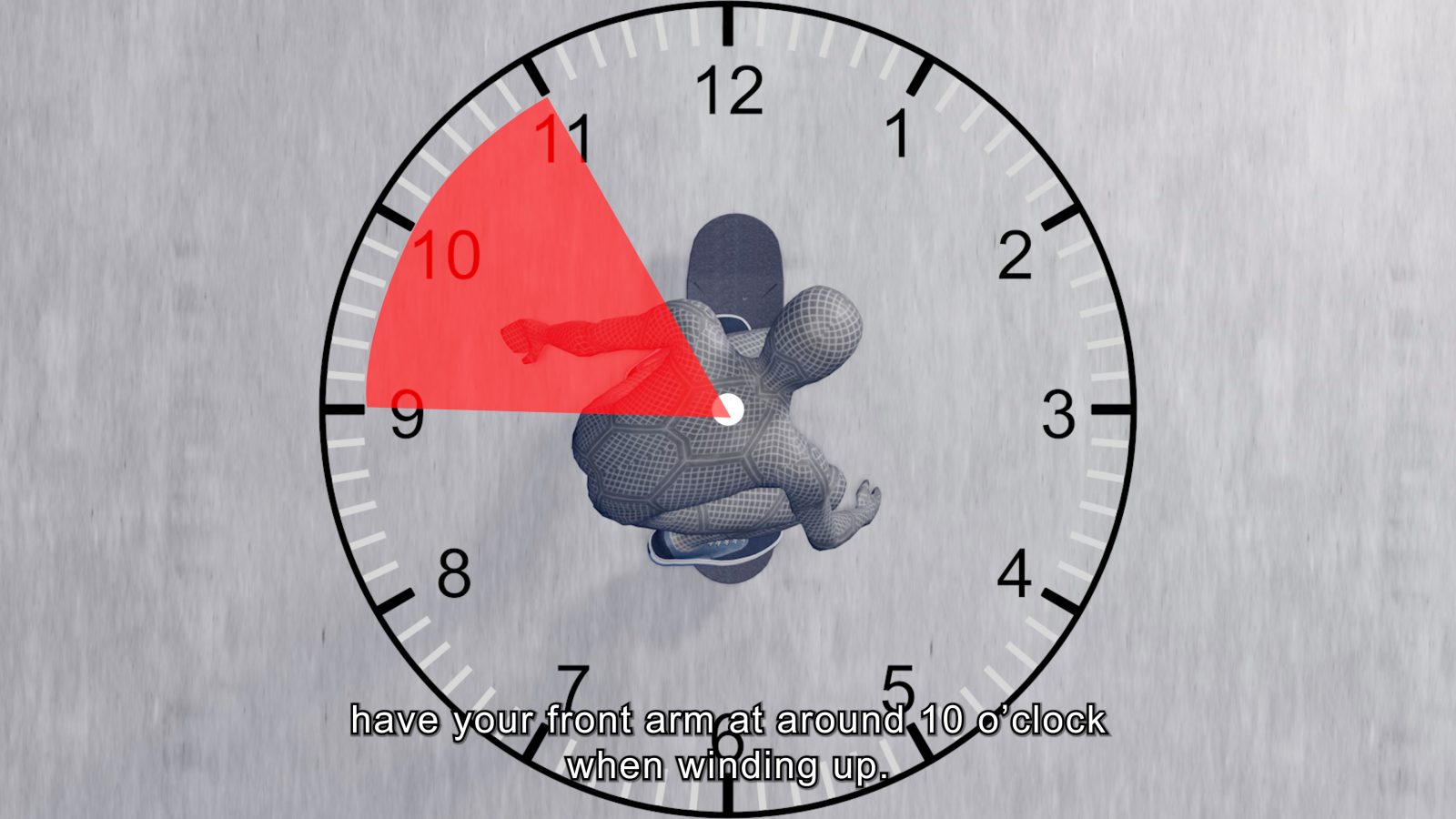
Why your feet lose contact with your board
Trying to jump to the toe side intentionally may cause your feet to lose contact with your board. So swing out your front hand and take your body weight with it.
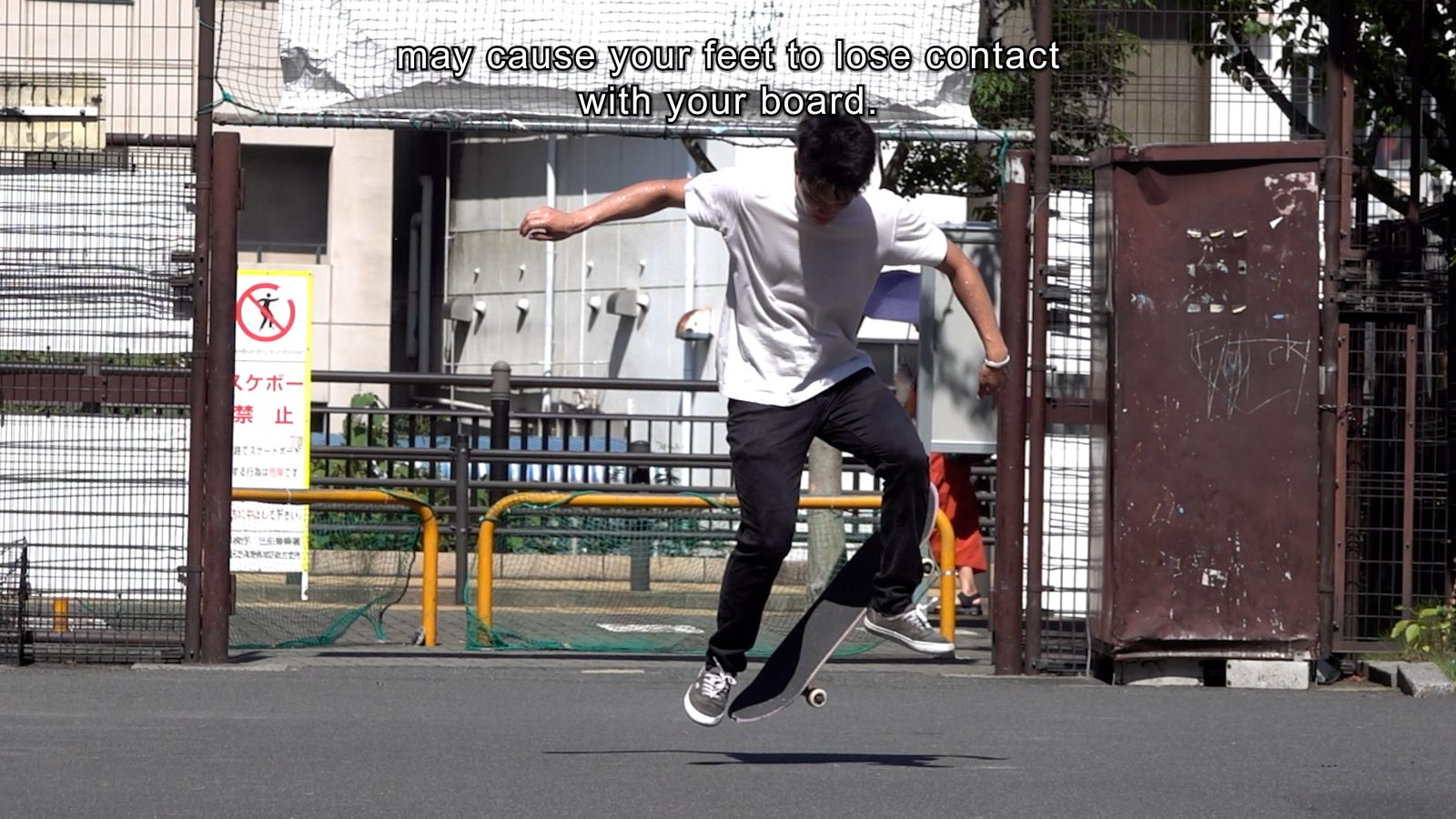
Actions after popping
Pop and tendon's reaction
When you pop, the nose lifts and pushes your front foot up. Then, tendons and muscles will try to return to their original states after being stretched.
Use this force to push the nose down. You don't have to push your front foot forward intentionally.
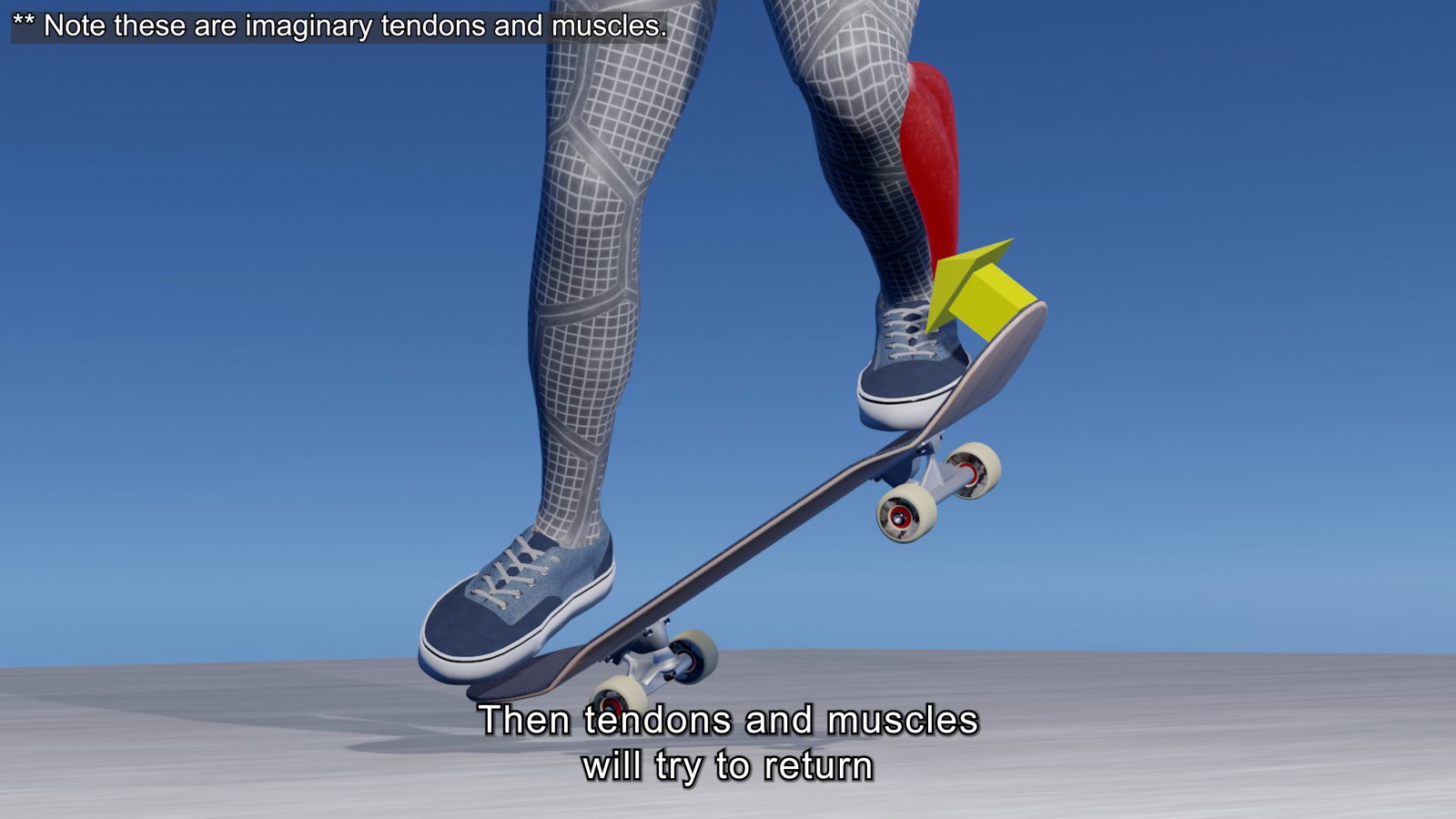
Experiment on tendon's functions
If you don't believe me, try this experiment.
Hold your toe with your hand, turn it inward around your knee, and release it. It should return to its original position. (Gravity helps it, too, though.)
As the tendon absorbs the force of the nose lifting and the spring of the tendon pushes the nose back, it will naturally push the nose down to the ground.
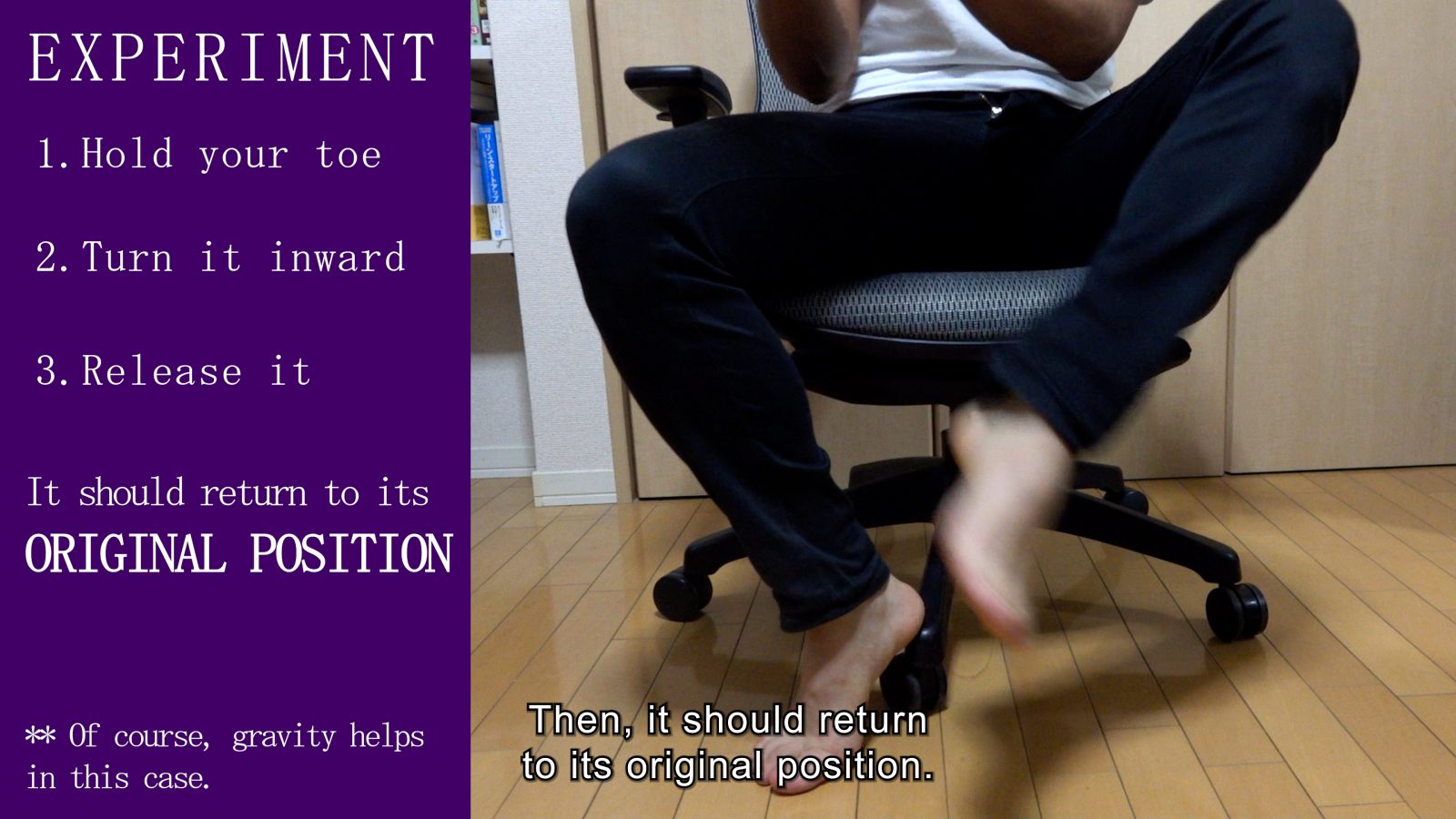
Effect of "Overpopping"
Now, avoid overpopping (popping harder than necessary). If you pop the nose necessarily hard, the spring in the tendon will not be able to absorb all the force of the nose.
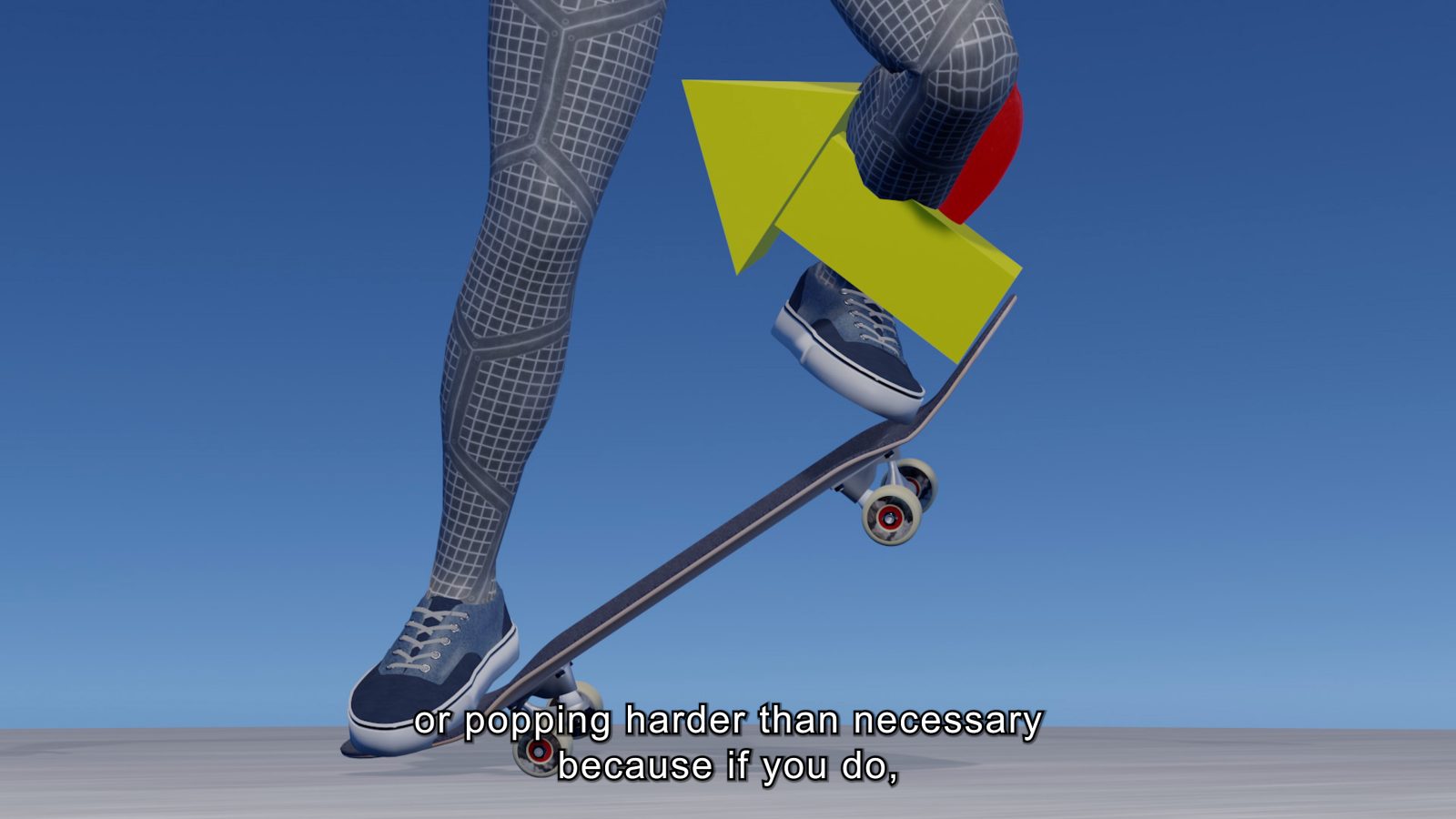
Landing 90 degrees causes friction
If you pop with the proper strength, your front foot should send the nose at 90 degrees backside.
This effectively causes the friction between the ground and the front wheels. All that remains is to let the "forward force" acting on your body do the job: it should turn your board by the law of inertia.
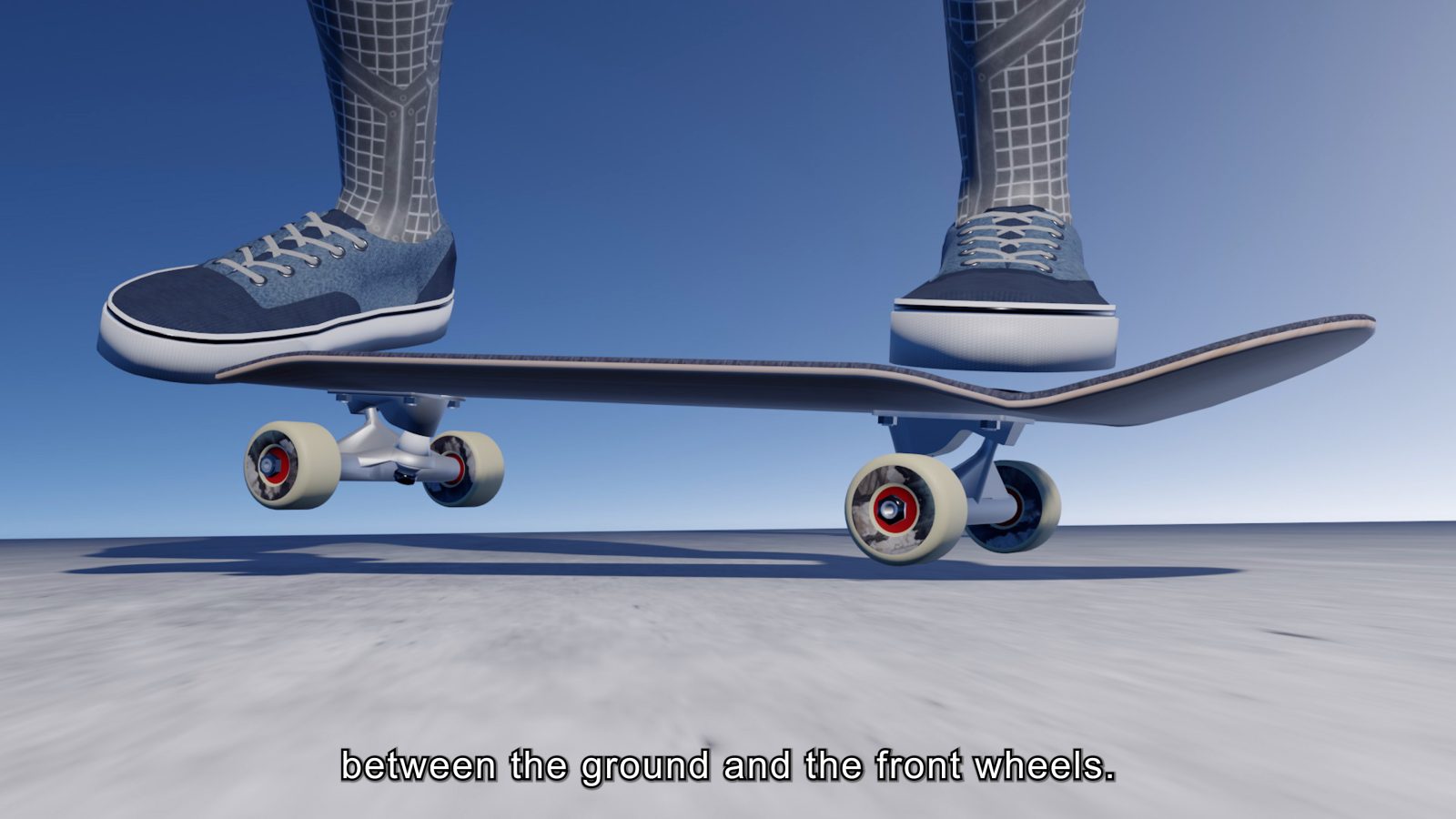
Line of sight
One more thing: having your eyes on your front foot upon landing may help you form a spinning axis.
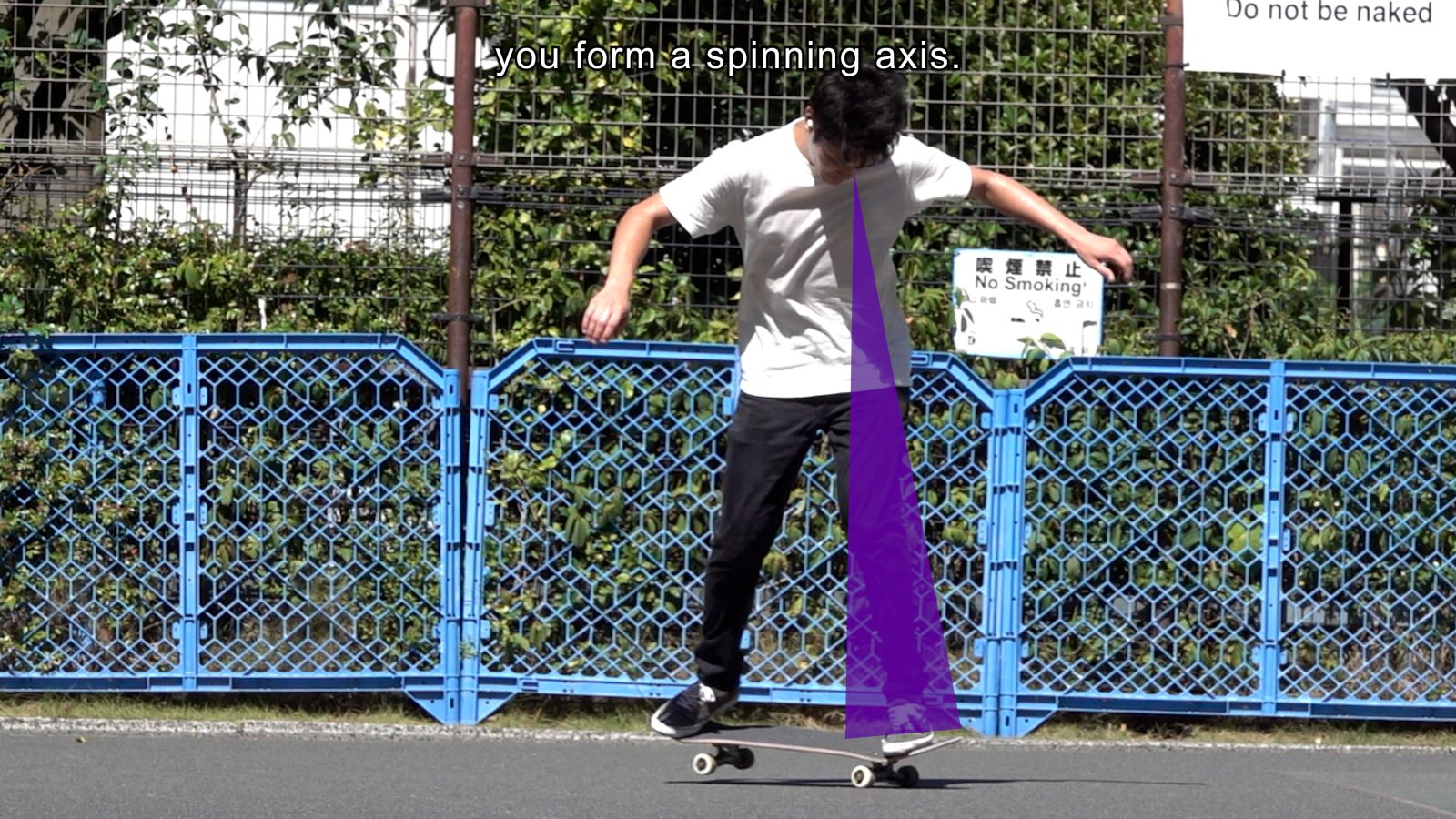

 Convert your video into 3D
Convert your video into 3D Facebook
Facebook Twitter
Twitter

